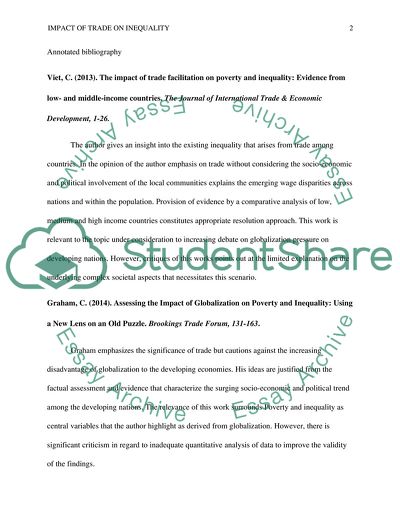Cite this document
(Impact of trade on Inequality Term Paper Example | Topics and Well Written Essays - 4000 words, n.d.)
Impact of trade on Inequality Term Paper Example | Topics and Well Written Essays - 4000 words. https://studentshare.org/macro-microeconomics/1849889-impact-of-trade-on-inequality
Impact of trade on Inequality Term Paper Example | Topics and Well Written Essays - 4000 words. https://studentshare.org/macro-microeconomics/1849889-impact-of-trade-on-inequality
(Impact of Trade on Inequality Term Paper Example | Topics and Well Written Essays - 4000 Words)
Impact of Trade on Inequality Term Paper Example | Topics and Well Written Essays - 4000 Words. https://studentshare.org/macro-microeconomics/1849889-impact-of-trade-on-inequality.
Impact of Trade on Inequality Term Paper Example | Topics and Well Written Essays - 4000 Words. https://studentshare.org/macro-microeconomics/1849889-impact-of-trade-on-inequality.
“Impact of Trade on Inequality Term Paper Example | Topics and Well Written Essays - 4000 Words”. https://studentshare.org/macro-microeconomics/1849889-impact-of-trade-on-inequality.


